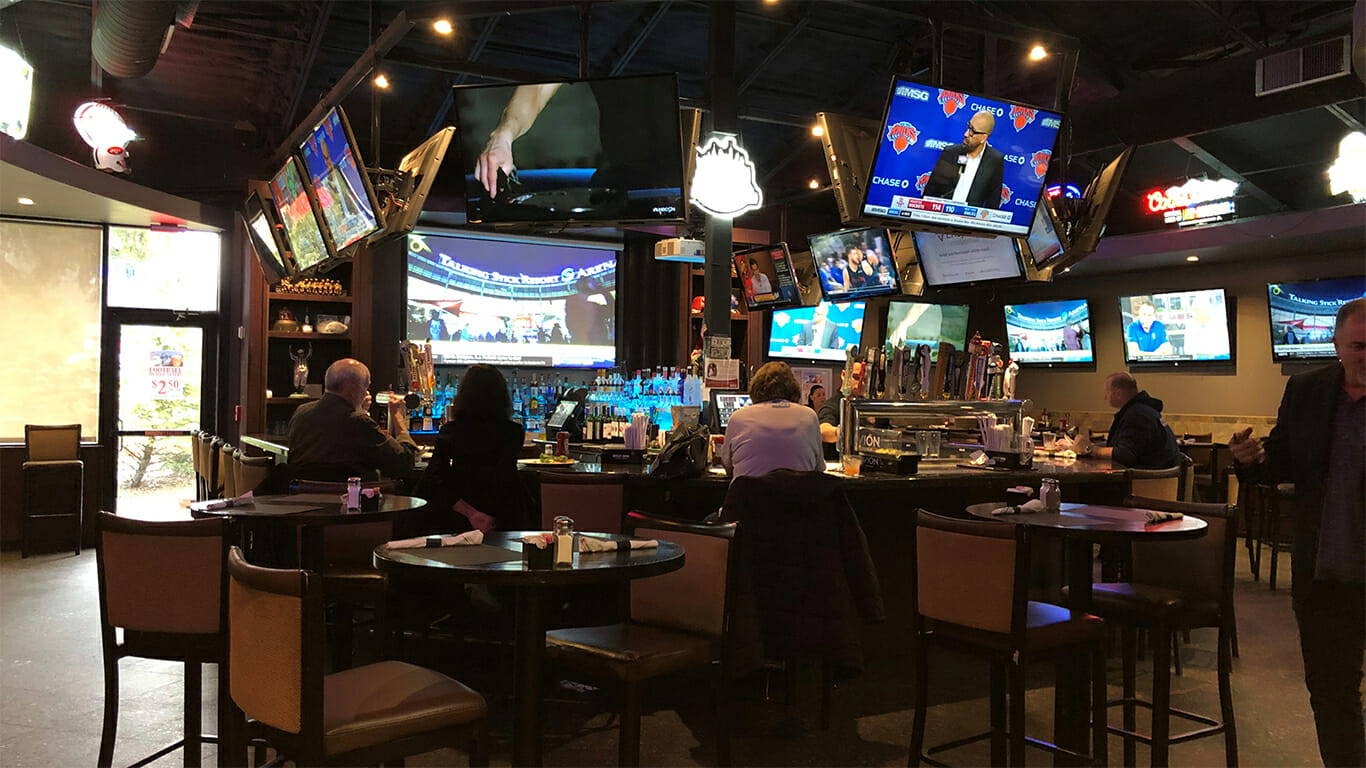Enhancing Security and Surveillance Efficacy Via Strategic Surveillance Camera Placement in Commercial Environments
Enhancing Security and Surveillance Efficacy Via Strategic Surveillance Camera Placement in Commercial Environments
Blog Article
Within today’s shopping settings, safety is a top priority for retail proprietors and managers. A effective method to improve safety and monitoring is through the tactical placement of surveillance cameras. These devices not just help prevent theft and vandalism but also offer crucial evidence in instances of incidents. By recognizing the optimal locations for camera placement, retailers can enhance their effectiveness and create a safer shopping experience for shoppers and employees alike.
The initial step in successful surveillance camera placement is to identify vulnerable zones within the store. These locations often consist of entrances and exit points, cash registers, and sections where expensive items are displayed. By installing surveillance devices in these locations, retailers can observe customer actions and spot suspicious activities. Additionally, surveillance systems at entry points can capture footage of people coming into and leaving the retail space, which is essential for identifying potential shoplifters. This proactive strategy helps in minimizing loss and ensuring a secure atmosphere.
A further important factor is the kind of camera used in the retail space. Various cameras fulfill distinct functions. For instance, dome cameras are often used for internal monitoring because they are more obtrusive and can cover a wide area. Conversely, bullet-style surveillance cameras are ideal for outdoor application, as they are much conspicuous and can discourage criminal behavior. Retailers should assess their specific needs and choose the appropriate surveillance device types to guarantee complete monitoring of the retail space.
Along with camera types, the angle and elevation at which surveillance devices are mounted have a significant role in their effectiveness. Cameras should be set at a level that enables for clear visibility of faces and activities without being easily manipulated with. A typical suggestion is to mount surveillance devices at least eight to ten ft off the floor. Additionally, cameras should be angled to monitor as wide area as possible while avoiding blind spots. This strategic installation ensures that all areas of the retail space are observed, providing a complete like this view of shopper interactions and potential security risks.
Ultimately, it is essential for retailers to consistently assess and service their surveillance systems. This entails inspecting camera functionality, confirming that footage are clear, and updating programs as required. Regular maintenance aids to avoid technical issues that could jeopardize safety. Additionally, store owners should review footage periodically to identify trends in shopper behavior and possible safety risks. By staying vigilant and attentive to their surveillance equipment, store owners can create a more secure retail environment and safeguard their resources efficiently.